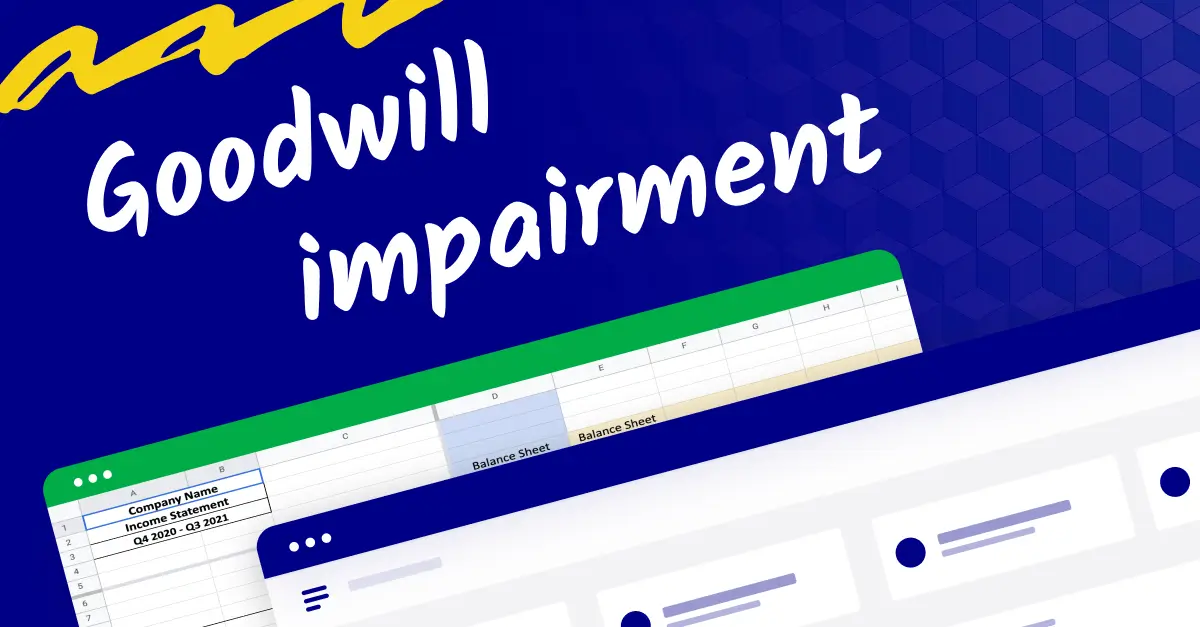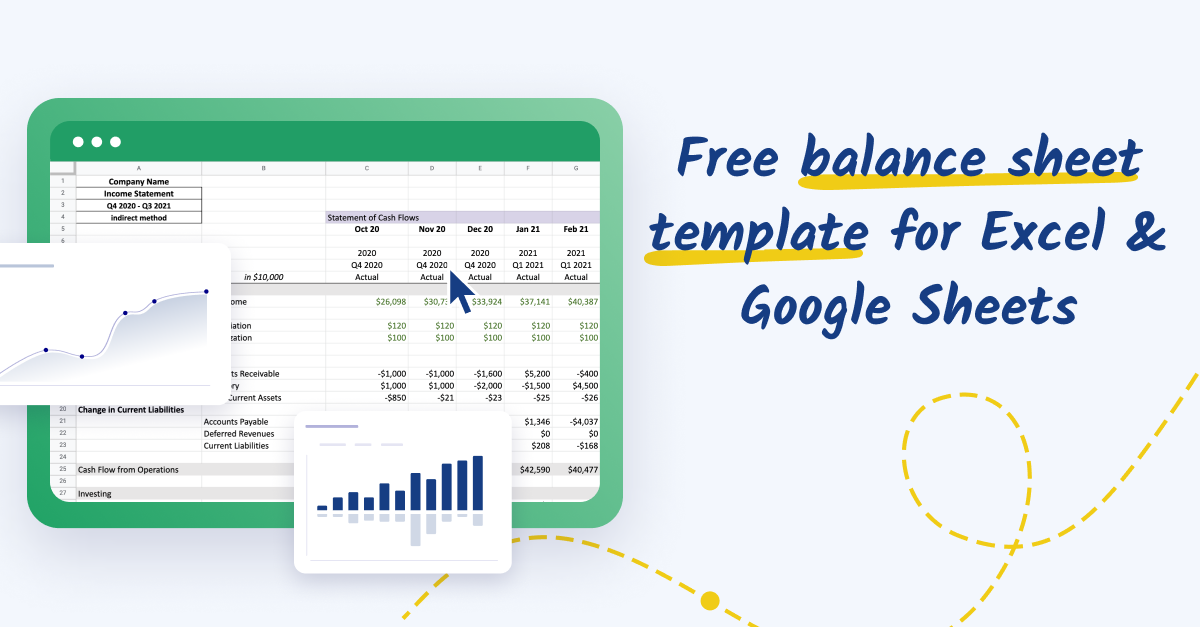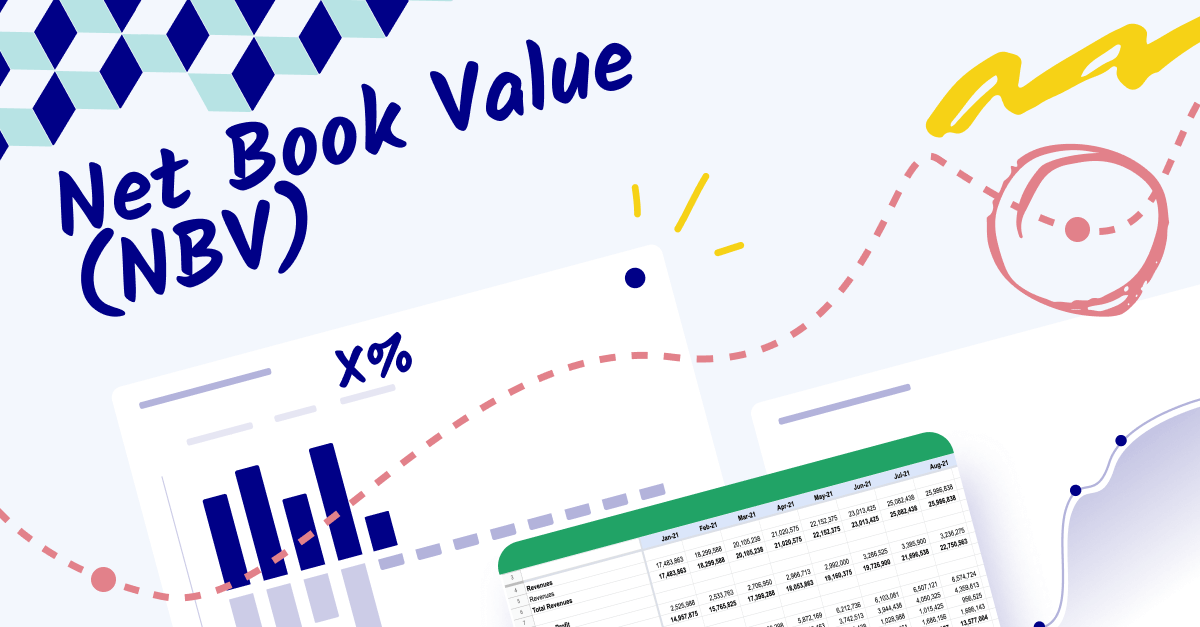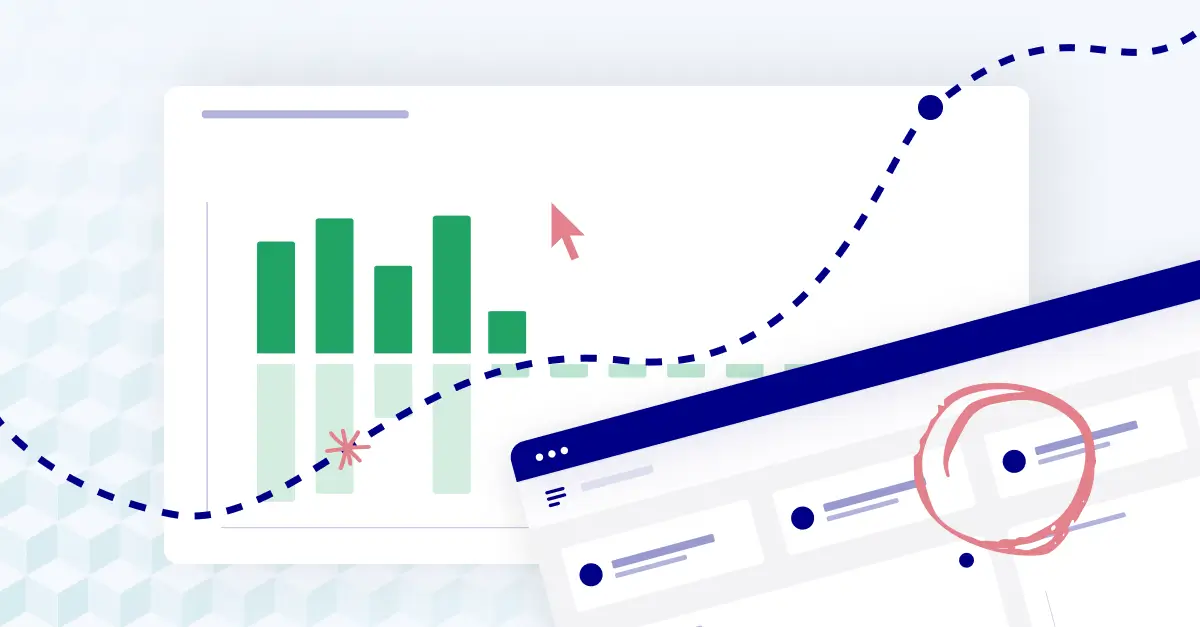What is goodwill?
Goodwill is the gap between a company’s fair value and how much it can be acquired for.
It’s recorded as an intangible asset on the balance sheet. Customer loyalty, brand awareness, and a brilliant CEO can contribute to goodwill.
For example, a Chanel bag demands a higher price even if an identical bag in size, materials, and quality is on the market.
Why?
Because it’s Chanel.
In accounting terms, the brand value is called goodwill.
A brand is a promise of consistency, and that goodwill is earned through exemplary business practices and can be bought when another company acquires it. But goodwill can go up and down, depending on triggering events.
Therefore regular assessment is crucial, and you can’t amortize goodwill.
How is goodwill created?
Goodwill happens when a business is bought by another one for more than the fair value. It’s then recorded as an intangible asset on a balance sheet and tested every so often to ensure it still has a similar price.
Goodwill can look like a lot of different things. Some examples are intellectual property, proprietary operating systems and brand value.
All of these can interact to make a nice melting pot of goodwill across one or several other areas of the organization. Businesses will also pay more for a company with these things - and goodwill is born.
Typical goodwill
The most common example is a strong brand where the average person on the street recognizes the name or has a solid reputation. A large and dedicated customer base is another.
Uncommon goodwill
Goodwill is also created in less apparent ways. If a business in a technical industry has an experienced workforce, customers know the products and expertise is of high quality. A company with excellent customer service can create goodwill. An intellectual property in demand gives a business a competitive advantage.
The craziness over Prime Energy is a great example. Prime had no brand value before launch, but it automatically had massive goodwill because of the reputation and popularity of its creators, YouTubers Logan Paul and KSI.

What is fair value in relation to goodwill?
In terms of goodwill, the fair value is subtracted from the acquisition price to determine the value of goodwill. It’s an essential part of any goodwill calculation as it’s part of the calculation used to determine the final total.
If a company is acquired, calculating fair value is done by an external accounting team for the buyer. It’s similar to how a mortgage company would hire a surveyor to check the value of a home.
Let’s put it in real terms. A larger chain buys up a local hardware store renowned for its customer service and long-standing reputation. While the fair value came to $800,000, the parent company paid $1m because of the loyal customer base built up in the local area.
The accounting team records $200,000 as goodwill on the balance sheet.
What is a reporting unit?
A reporting unit is a business section recorded for internal accounting purposes. Assigning goodwill to one or multiple reporting units depends on how the goodwill has grown. Has it been the overall brand that impacts every reporting unit, or has the performance of one part of the company created its own goodwill?
It’s also the unit that goodwill impairment tests against.
A reporting unit can be anything from a line of best-selling products to a popular physical location that draws crowds. Each reporting unit has assets and liabilities that total the fair value.
Need an example?
Think of a company like Nike. They’ve built up massive goodwill in their shoes and apparel division through decades of sponsorships and marketing efforts. They’re probably the biggest sporting brand in the world.
If they announced they were launching a smartphone, they’re not automatically going to become the biggest phone brand in the world. That goodwill won’t transfer over, not fully, at least.
Checking the assets and liabilities of a reporting unit every so often to work out the fair value gets it ready for the goodwill impairment assessment.
A company can have several reporting units but doesn’t need to check their goodwill amounts simultaneously. You can assess them as needed or annually if nothing has affected the goodwill.
How to calculate a reporting unit's fair value
You can look at various metrics to determine the value of a reporting unit. Depending on the company's size, this can get tricky - so it’s best to leave it to the professionals.
Here are some methods that help to work out the fair value.
Market value
Looking at similar transactions in the market can be a valuable indicator of a company’s implied fair value. Recently bought, similar-sized companies will give the most accurate results.
Income
If a reporting unit generates a lot of income for the business, then a suitable place to check is the cash flow. The current value of future cash flows is a good indicator of the fair value.
Costing approach
Another way to get an accurate look at a reporting unit’s fair value is to determine how much it would cost to duplicate its financial assets and liabilities. Adding in historical financial performance also helps to predict future cash flow.
All of the above
Combined methods give a good sense of a reporting unit’s fair value, especially if one comes up lower or higher than the others. For instance, an economic downturn might affect the market value of a company, but the income and cost are still high.

How the goodwill impairment test works
Anytime you want to check how much the goodwill is worth, you’ll need to do a goodwill impairment analysis.
Ultimately, goodwill impairment testing shows how well an acquisition holds up - and a sign to the market that the company’s assets aren’t worth as much anymore.
A now-infamous example is General Electric’s acquisition of Alstom SA. After it bought the company, the business wasn’t as profitable as previously thought, and wholesale gas prices declined.
As a result, GE recorded a $22bn impairment charge, blowing a massive hole in its net income for that quarter. This is an extreme example, but it can happen to any business that buys another one.
Let’s take a look at how to do goodwill testing to avoid an impairment charge.
Decide if it needs doing
A goodwill impairment assessment is typically done annually unless a triggering event happens.
Evaluating triggering events depends on the size and industry of the business. These could look like a market downturn, a new management team, or a marketing blunder hitting the brand’s reputation.
On completing the qualitative assessment, you’ll be able to see if the impairment assessment needs to go ahead. As a rule of thumb, if there’s a 50% chance of impairment from triggering events, it’s full steam ahead with testing goodwill.
Look at the carrying value
A reporting unit’s carrying amount of goodwill was the cost of the goodwill when the company was first purchased. It’s used as an assessment point for each impairment process, but the result can fluctuate if the value drops or rises.
The next step of the impairment test is to compare the carrying amount to the fair value. The accounting team must record an impairment charge if the latter has dipped below the former. The finance team can record no impairment charge if it's the reverse.
Assess the impairment
If there’s an impairment charge to register, the next step is calculating how much that is. The amount is the gap between the carrying value and the fair value.
After working out the goodwill impairment charge, it’s recorded on the balance sheet as a goodwill impairment loss.
How does goodwill impact the financial statements?
On the balance sheet, goodwill joins the company’s net assets as a ‘noncurrent asset.’ It’s considered a boon to the business that will drive long-term profitability, but a company can’t calculate its total value in one financial year.
An impairment charge has a butterfly effect on the financial statements. An amount would be recorded on the income statement, reducing an organization’s net income for that reporting period.
It would also affect the cash flow statements, as decreasing net income impacts the cash flow from other business areas.
A big hit to goodwill, like the GE example from earlier, could affect valuations if a private company was looking to go public. Investors won’t be keen to see another merger go belly up, so they may put their money elsewhere.
This is also really important from an FP&A perspective. Understanding any potential goodwill impairments in the future is going to make projections more accurate and more useful
How does tax come into it?
When a company acquires another business for a premium, it creates goodwill. Therefore goodwill isn’t measured on any balance sheet until the company is purchased. It’s recorded as an intangible asset - which usually creates a deferred tax liability.
Not for goodwill. It’s treated differently from other intangible assets because it’s classed as a personal asset. While it makes a temporary tax liability, the IRS won’t recognize it in the financial statements, and it becomes a deferred tax asset.
It’s important to note any changes to goodwill through impairment could impact the deferred tax balances associated with the goodwill. Any charges would also need to be recorded as a reduction in deferred tax liability.
Could the measuring goodwill methods change?
It’s possible. The Financial Accounting Standards Board (FASB) sets Generally Accepted Accounting Principles (GAAP) had been considering reverting back to the goodwill amortization method.
There’s some contention over which way is better, and many in the field think goodwill amortization is quicker and cheaper to assess.
The FASB abandoned the project in 2022, but that doesn’t mean it won’t come up again, especially if there’s enough sentiment for change.
Conclusion: goodwill impairment
Now you know all about goodwill and goodwill impairment.
But one of the best things you can do to add to your company's goodwill is to build a strong financial reputation.
How?
World-class planning and analysis.
And a tool like Cube can help you get there.
Cube is the first spreadsheet-native FP&A platform that gives you the speed and power of enterprise software with the familiar Excel environment you know and love.
Sound interesting?
Click the banner below to request a free demo and learn more.



.png)









